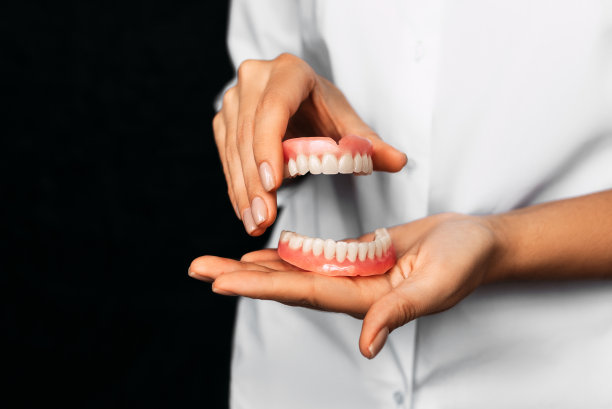The Importance of Extracting a Tooth for Overall Dental Health and Future Preventive Care
Summary: The extraction of a tooth is often viewed as a last resort in dental care, but its significance extends far beyond pain management. This article explores the crucial role tooth extraction plays in ensuring overall dental health and paving the way for effective preventive care. We delve into the necessity of extraction in cases of severe decay or damage, the benefits it provides to surrounding teeth, its relationship with gum health, and its importance in orthodontic treatment. By understanding these facets, we can appreciate how tooth extraction not only addresses immediate dental issues but also contributes to long-term oral health stability.
The Necessity of Extraction in Severe Cases

When dental decay progresses beyond the point of repair, extraction often becomes imperative. Severely damaged teeth can lead to persistent pain and infection, significantly impacting a patients quality of life. In such cases, removing the tooth alleviates discomfort and prevents further complications that might arise from untreated decay.
A tooth that is severely decayed or cracked can serve as a breeding ground for bacteria. If left untreated, these bacteria can spread to neighboring teeth and even into the bloodstream, leading to systemic health issues. Extracting the compromised tooth mitigates these risks and helps maintain the integrity of the overall oral environment.
Moreover, an extraction can halt the progression of more complex dental problems. When a tooth is deemed irreparable, timely removal can prevent more extensive procedures down the line, such as root canals or additional extractions, saving both time and financial resources for the patient.
Benefits of Extraction for Surrounding Teeth
Tooth extraction also plays a crucial role in protecting the neighboring teeth. When one tooth is compromised, it often puts undue pressure on adjacent teeth, which can lead to a domino effect of dental issues. Extracting the damaged tooth allows the remaining teeth to function optimally without the added stress from decay.
Additionally, when teeth are misaligned due to overcrowding or external damage, an extraction can create the necessary space for proper alignment. This realignment not only enhances the appearance of a patients smile but also improves overall dental function, making it easier to chew and maintain oral hygiene.
The extraction of a problematic tooth can also allow for the preservation of healthy teeth surrounding it. This strategic removal reduces the strain on adjacent teeth and the potential for future complications, ultimately extending their lifespan and health.
Impact of Extraction on Gum Health
Gum health is intricately linked to the condition of individual teeth. Extracting a tooth that is decayed or infected can directly enhance gum health. The presence of an unhealthy tooth often leads to gum inflammation and disease, which can compromise the overall wellbeing of the gum tissue.
Once the problematic tooth is removed, there’s often a noticeable improvement in gum health. Freeing the gums from infection allows them to heal properly, potentially reversing the negative effects of periodontal disease that might have been exacerbated by the decayed tooth.
Furthermore, maintaining healthy gums is vital for overall dental wellness. Extracting unhealthy teeth is a preventative measure that not only stops the progression of gum disease but also contributes to better oral hygiene and health in the long term.
Role of Extraction in Orthodontic Treatment
In orthodontics, tooth extraction can sometimes be necessary to achieve the desired alignment of the remaining teeth. If a patient has overcrowded teeth, an orthodontist may recommend removing one or more teeth to create space for proper alignment.
This type of extraction can lead to a more effective orthodontic treatment plan, speeding up the process and reducing the likelihood of future complications such as bite issues or misalignment of the teeth. Properly spaced teeth can also enhance the effectiveness of other orthodontic appliances.
Beyond simply creating space, tooth extraction can also lead to improved facial aesthetics. When overcrowding is addressed through extraction, the ensuing straightening process can significantly enhance the patient’s smile, thereby impacting their confidence and self-esteem positively.
Summary:
The act of extracting a tooth is more than just a common dental procedure; it is a critical component of maintaining overall dental health. By understanding the various aspects that necessitate tooth extraction—from severe decay management to its benefits for surrounding teeth, gum health, and orthodontic treatment—we can appreciate its role as a preventative measure in preserving one’s oral wellness.
Ultimately, informed decisions regarding tooth extraction can lead to better long-term health outcomes and more effective proactive dental care. A healthy mouth is essential for a healthy life.
This article is compiled by Vickong Dental and the content is for reference only


